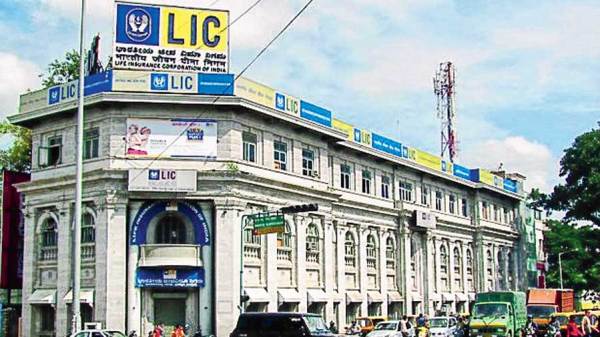Life Insurance Corporation’s Initial Public Listing Is India’s Largest Ever

In 2019, Saudi Arabian Oil Co (Aramco) launched the world’s biggest Initial Public Offering (IPO). This enabled the Saudi government to raise $25.6 billion while diluting just 1.5% stake, at a valuation of $1.7 trillion. Soon, the Indian government plans to divest 5% equity for $8.7 billion in the insurance giant Life Insurance Corporation (LIC). LIC’s IPO is being viewed as India’s Aramco moment.
LIC is a prominent name in India’s financial landscape. With 2,000 branches, more than 100,000 employees and 286 million policies, it reaches practically every corner of the nation. The listing process is ripe with numerous challenges. For one, LIC releases its balance sheet just once a year, revealing few publicly available numbers to discern its embedded value. Valuators overseeing the process are sifting through millions of policies to factor in parameters ranging from mortalities, morbidities, lapses to surrenders.
LIC, which was founded in 1956, follows rules set by a unique parliamentary act rather than those that govern the other insurance firms. Stake sales in companies so deeply entrenched in a country’s history are a rare occurrence. LIC has been a frontrunner in India’s economy since the first post-independent government combined the country’s 245 insurance companies and provident fund societies. For many, insurance is still synonymous with the company, even after the industry opened up to private firms a couple of decades ago.
LIC’s market share in India is unparalleled globally, with no other life insurance player in any country enjoying a comparable market share.
It ranks fifth in terms of net premium earned amongst its peer group, with premium of $56 billion last year. AXA SA, Ping An Insurance, Allianz SE and China Life Insurance company are the only global life insurance peers having a net premium higher than LIC.
In FY21, LIC had the highest ROE of 82% among peers. It’s assets under management (AUM) of 39.74 trillion Indian rupees (INR) is more than three times the total AUM of all private life insurers in India, nearly 16 times that of the next largest player. LIC had a long unhindered run in post-independent India until private firms were allowed entry in 2000. Its branch offices cover 91 percent of the country’s districts.
As of last September, LIC’s embedded value was estimated at INR 5,390 billion. Currently, private insurance companies trade at a multiple of 3-4 times embedded value. Notwithstanding its size, and dominant position in the market with 66% market share in new business premium, its growth has been curtailed by nimble footed private insurers. A multiple of 2-3.5 gives it a valuation ranging from INR 10,700 billion to INR 18,700 billion (nearly $250 billion).
While LIC has 1,037 branches in Tier IV cities and towns, private sector insurance companies have limited rural area coverage of just 107 offices. In FY21, 15% of all new business was generated from rural areas.
Success is far from guaranteed in its listing. Bankers are of the view that global investors are skeptical of the autonomy of an institution regularly pulled in to rescue faltering banks and state organizations. Local investors are wary how well the 65-year-old firm can compete against digitally-savvy companies.
LIC, meanwhile, has been emphasizing its dominance in the agency distribution network in India’s life insurance market. With nearly 1.3 million individual agents, or over 55% of 2.39 million individual agents , its assets under management were greater than the size of India’s entire mutual fund industry.
For deep-pocketed investors who don’t have many places to park their money after China’s technology curbs last year, LIC is still a worthwhile bet. Since it has a sovereign guarantee on all payment liabilities, it is in a position to operate with a thinner capital base than its competitors. With a valuation potentially four times higher than AIG, the company is bound to appeal to investors clamoring for returns and safety.
You get 3 free articles on Daily Fintech. After that you will need to become a member for just US$143 a year (= $0.39 per day) and get all our fresh content and our archives and participate in our forum.
#Aramco #EmbeddedValue #IndiaInsurance #InitialPublicOffer #LIC InsurTech



